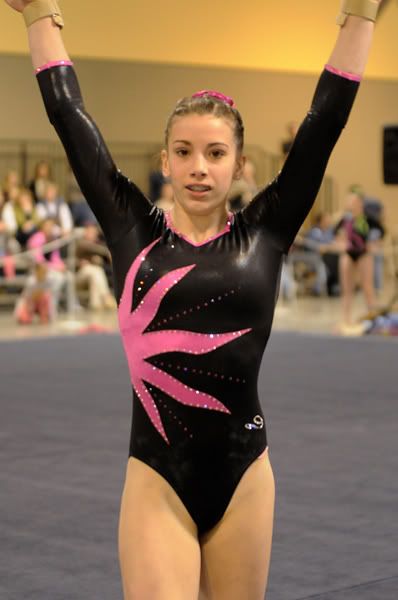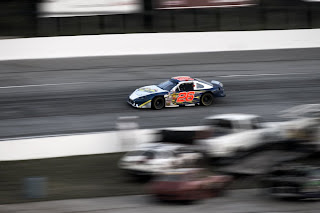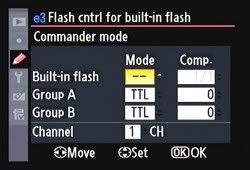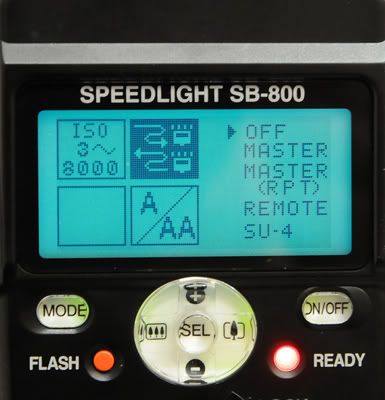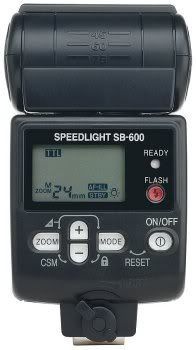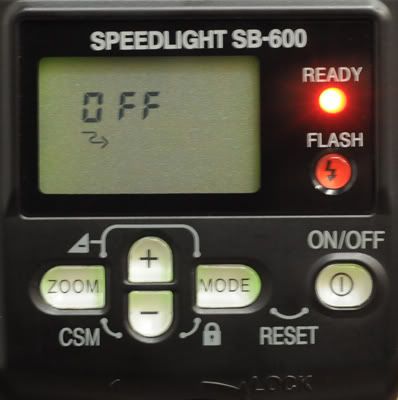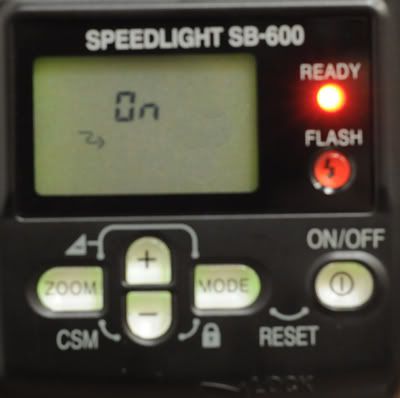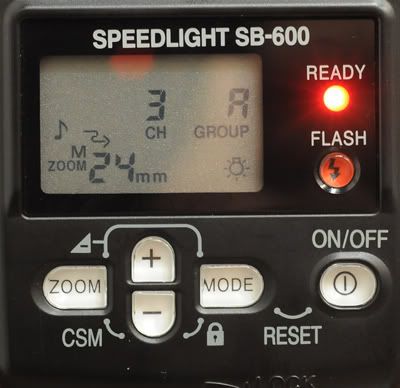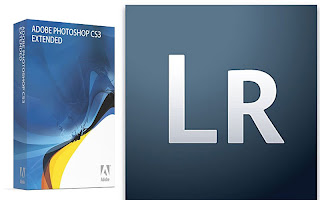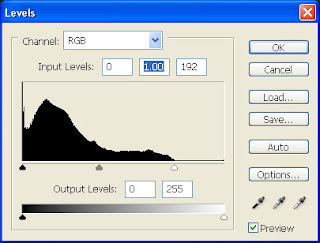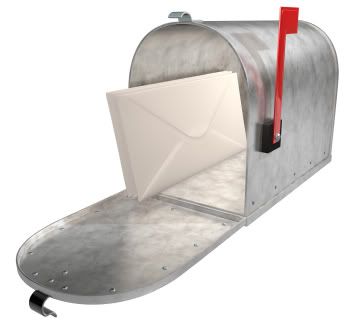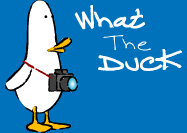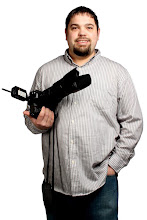
It had to come at some point. I thought I could hold off for a while but here we are talking about it. That digital age old question of Raw vs. Jpeg. People have been arguing about this since the birth of the digital camera age. Peoples loyalties to one format or the other are so strong that it reminds some of us of the classic debate of Nikon vs. Canon. With the Raw people screaming versatility and the Jpeg people screaming file size, it's enough to make you wonder which one is right for you. Lets explore the options and see if we can get to the bottom of it...
First lets talk about what the formats are. The RAW file format is digital photography's equivalent of a negative in film photography: it contains untouched, "raw" pixel information straight from the digital camera's sensor. The RAW file format has yet to undergo demosaicing, and so it contains just one red, green, or blue value at each pixel location. Digital cameras normally process this RAW file by converting it into a full color JPEG, and then store the converted file in your memory card. Digital cameras have to make several interpretive decisions when they develop a RAW file, and so the RAW file format offers you more control over how the final JPEG image is generated. You cannot change the raw data with an image editing software, rather you just add metadata. Metadata is a file stored alongside of a Raw image that saves the "adjustments" you make to the file instead of saving them to the actual Raw file. Raw files are known to be up to twice the size of a JPEG file because of the increased information that is collected with Raw files, and because of the Compression of the JPEG files. Because Raw files are not compressed, they are considered "lossless".
For the JPEG definition I went to Wikipedia, here's what they have to say: JPEG (pronounced JAY-peg; IPA: /ˈdʒeɪpɛg/) is a commonly used method of compression for photographic images. The degree of compression can be adjusted, allowing a selectable trade off between storage size and image quality. JPEG typically achieves 10:1 compression with little perceptible loss in image quality.
JPEG compression is used in a number of image file formats. JPEG/Exif is the most common image format used by digital cameras and other photographic image capture devices; along with JPEG/JFIF, it is the most common format for storing and transmitting photographic images on the World Wide Web. These format variations are often not distinguished, and are simply called JPEG.
What this is saying is that JPEG's are lossy. This means that every time you open and close a JPEG with an IMAGE EDITOR (not a viewing program) the JPEG is compressed and some data gets lost. So that's the trade off, you get more compressed smaller images with JPEGS but when you open and close them multiple times, they begin to look degraded, and pixelated. This is where the file arguments begin. Many photographers say that they shoot JPEG but that before they do anything to the image they save it as a TIFF and this protects the image from becoming degraded. A TIFF file is similar to a RAW file because it is lossless.
So what do I do? BOTH! Let me explain. I think there is a time and place for both file formats. I like to have the advantages of Raw sometimes, but other times the advantages of JPEG appeal to me a little more. The reason a lot of photographers shoot RAW is because of white balance. If your white balance is off, you can adjust it with a RAW file. I like to have this versatility for wedding formal images. For images that HAVE to be perfect, I shoot RAW. I still adjust my white balance for the lighting available, but if I don't like what I see when I get the image on the computer, I have some latitude, to adjust it. The downside though is Raw files take up a lot of room. If I were to shoot an entire wedding in RAW, it would be upwards of 20gigs worth of space. This in my opinion is just too much. Plus I feel that I have enough control of my camera that I can get the white balance "right" 99% of the time. For these reasons, I shoot JPEG for the rest of the event. The pre-ceremony (bridal party getting dressed and ready to go)and the ceremony, as well as the reception are all shot in JPEG. If for some reason I get some sort of weird color cast that I just don't like I can adjust my overall color on a JPEG in Lightroom, but I have to be honest, this doesn't happen very often.
When I shoot anything outside of a wedding, I shoot JPEG. In the studio, no problem getting the color right, it's controlled lighting. If I'm shooting family stuff, again not critical and I tend to nail the white balance most of the time anyway, so it's JPEG. JPEG files are smaller, and for me this is helpful. I shoot with Sandisk 8gig compact flash cards, and when I'm shooting in raw I only get roughly 300 images per card. With JPEG I get double that amount. Yes I have multiple cards, but the more time you spend changing cards, the more shots you are missing. Also effected is the FPS(frames per second) that your camera can shoot. With JPEG I can get 8FPS out of my D300, with RAW I'm looking at about half of that because the files are so much larger the buffer fills up quicker. So this is what I think about the debate. I agree with both sides.
So lets recap, Wedding formals-RAW, Everything else-JPEG. These are just my settings, and you may have a different opinion about it, but many people asks what I shot, and this is it.
Just a quick reminder, Shad and I are having a DSLR workshop this coming weekend January 24th at 1pm. Anyone who hasn't signed up yet, the cost is only $50 but we only have a few seats left. If you plan on attending please RSVP with me at jlykins@jlykinsphotos.com Thanks! Jason
Read more on this article...






